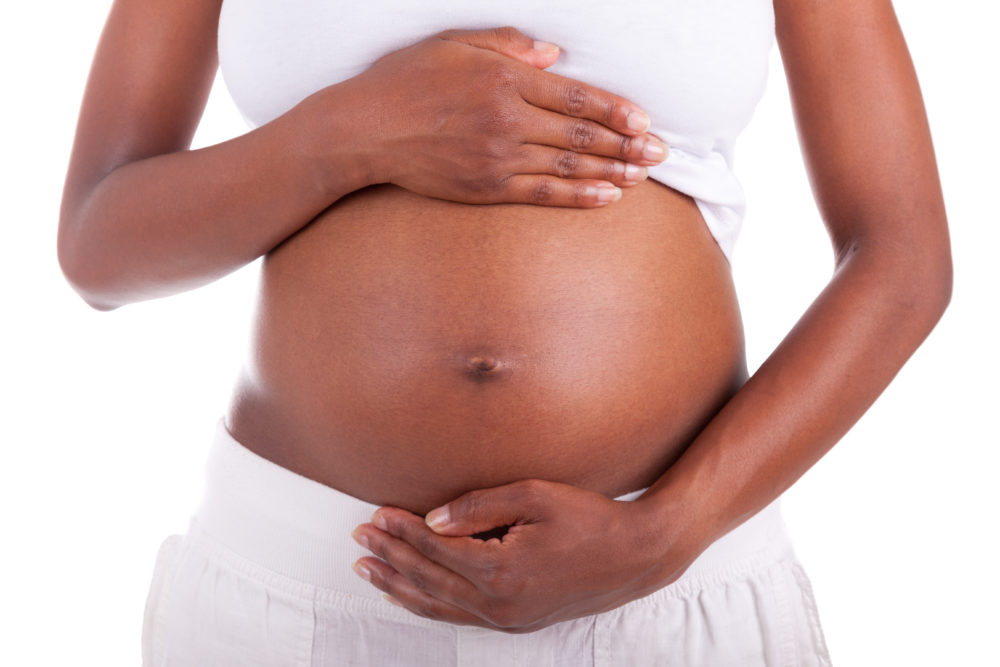Cerebral Palsy Rates Among Babies Born Through IVF Declining, Study Finds

Reducing twin births from in vitro fertilization (IVF) may help to reduce the rates of cerebral palsy among infants born following the treatment, according the findings of a new study.
Cerebral palsy involves a group of disorders that affect movement and muscle tone, which is often caused by damage that occurs to an infant’s immature brain. It can impair movement, reflexes, posture, and walking. The precise cause of cerebral palsy is largely unknown, but preterm birth, twin births, and low birth weight all increase the risk of an infant suffering from cerebral palsy.
Prior research has found infants born through IVF faced a significantly increased risk of cerebral palsy. Although the absolute risk was small, researchers in a Danish study published 15 years ago noted cerebral palsy was the greatest birth defect risk associated with the fertility procedure.

Did You Know?
Millions of Philips CPAP Machines Recalled
Philips DreamStation, CPAP and BiPAP machines sold in recent years may pose a risk of cancer, lung damage and other injuries.
Learn MoreIn findings outlined in a new study, cerebral palsy rates among infants born from IVF have dropped in Nordic countries largely, Danish researchers say, because the rates of twin births from IVF have dropped.
The study focused on data involving nearly 112,000 babies born through IVF over 24 years in Denmark, Finland, and Sweden. They were compared with nearly 5 million babies who were conceived naturally.
Rates of cerebral palsy among babies born through IVF fell by more than half over the past 20 years. The cerebral palsy rates during the study fell from 12.5 cases per 1,000 live births in 1990-1993, to 3.4 cases per 1,000 births in 2011-2014. This is a direct result of fewer twin births, researchers indicate.
The rate dropped only slightly in children conceived naturally, from 4.3 to 2.1 per 1,000 infants. Among single births born through IVF the rate fell from 8.5 per 1,000 to 2.8 per 1,000. Furthermore, the rate among IVF twins remained stable at 10.9 per 1,000 births during the entire study period.
IVF twin rates declined from 25% in the 1990s to less than 5% today. This rate is not much higher than the 2% twin rate for naturally conceived pregnancies.
Researchers concluded there is strong evidence indicating reducing the number of twins born via IVF treatment has lowered the risk of cerebral palsy in IVF babies to a level comparable with those naturally conceived.
Multiple embryo transfer during IVF is still standard care in many countries. However, the findings indicate single embryo transfer during IVF and single births should be encouraged worldwide to help reduce the risk of birth defects.
More so, the reduction in rates of twin IVF births has also helped to decrease the rate of preterm births, which is the greatest obstetric risk arising from multiple births.
The findings of the study were presented at the online annual meeting of the European Society of Human Reproduction and Embryology. The study is considered preliminary until published in a peer reviewed journal.
Get more articles like this sent directly to your inbox.
"*" indicates required fields




0 Comments